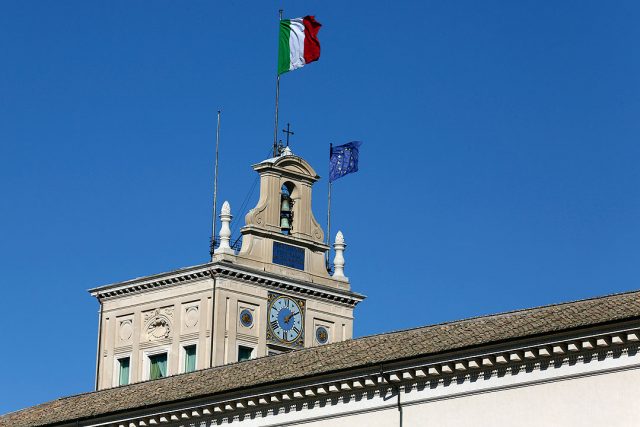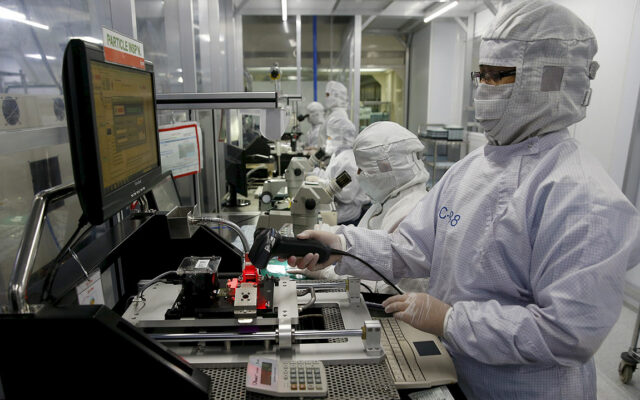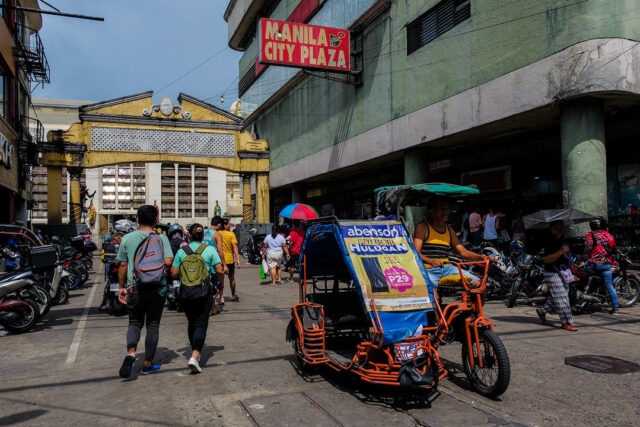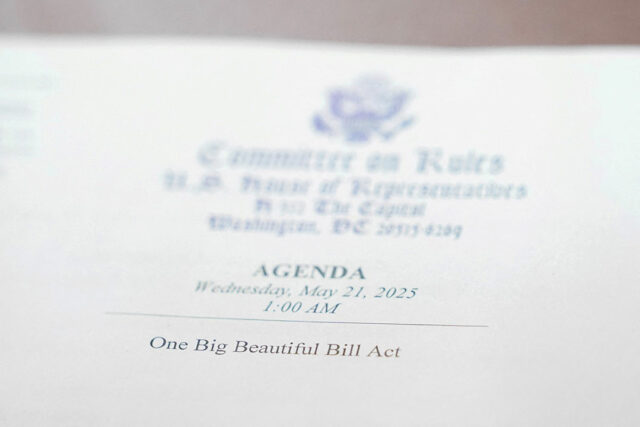South Korea’s Lee pledges ‘bold’ economic policy after martial law crisis
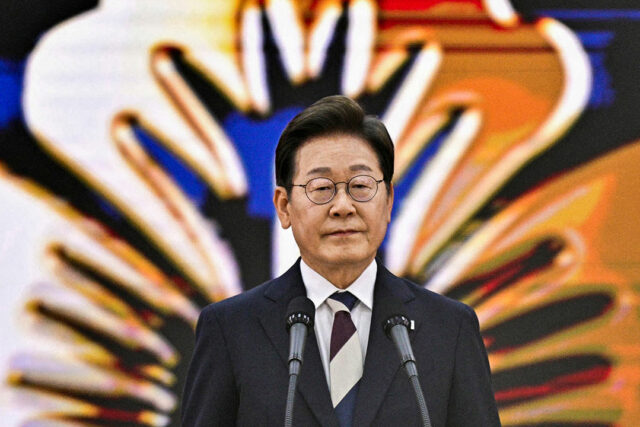
SEOUL – South Korean President Lee Jae Myung vowed on Thursday to implement a “bold” fiscal policy to boost a flagging economy after the country’s martial law crisis and to tackle challenges posed by looming U.S. tariffs and North Korea.
Mr. Lee, who was elected on June 3 in a snap election, said it was his top priority to improve the lives of the people, whose faith in government had been greatly shaken by “a national crisis” that hammered Asia’s fourth-largest economy.
“It is a time when the proactive and bold role of national finance is more important than ever,” Mr. Lee, who has pledged to implement expansionary fiscal policy, said in his opening remarks at a news conference to mark 30 days in office.
Mr. Lee’s predecessor, Yoon Suk Yeol, declared martial law in December, shocking a nation that had come to pride itself as a thriving democracy having overcome military dictatorship in the 1980s and triggering an unprecedented constitutional crisis.
Mr. Lee’s administration has proposed $14.7 billion of extra government spending to support sluggish domestic demand. Parliament, controlled by his Democratic Party, is expected to vote on the budget bill soon.
The president also said in his opening remarks that he was doing his best to achieve a “mutually beneficial and sustainable” outcome from trade negotiations with the United States.
South Korea is hoping to contain the impact of U.S. President Donald Trump’s threatened punishing tariffs that could weigh on an export-reliant economy with major semiconductor, auto and steel industries.
US TARIFF TALKS
Mr. Lee said tariff negotiations with the United States had “not been easy,” and he could not say if an agreement was possible in time for Washington’s July 8 deadline when tough reciprocal import duties are set to kick in.
During high-level trade talks last month, Washington raised issues related to South Korea’s non-tariff barriers, as Seoul already imposes nearly zero tariffs on U.S. imports under a free trade agreement, a senior South Korean trade official has said.
South Korea’s top trade envoy Yeo Han-koo said on Thursday that Seoul wanted to ensure that it was not put at a comparative disadvantage as other major countries conduct last-minute trade negotiations with the United States.
Mr. Lee, a liberal former human rights lawyer, said the alliance with the United States was the cornerstone of his foreign policy, but pledged a pragmatic approach as the basis of a speedy effort to improve ties with China and Russia.
Peace with North Korea was not only a national security priority, but a crucial part of a “virtuous cycle of peace and economic growth,” he said.
Mr. Lee said tension with Pyongyang has had a real negative economic impact despite South Korea’s strong military capabilities, funded by a defence budget larger than the North’s total economic output.
“Even if you’re at war, you have to have diplomacy and dialogue. To completely cut off dialogue is truly foolish,” Lee said when asked about his plans on relations with Pyongyang. The two Koreas remain technically in a state of war under a truce that ended fighting in 1953.
He said he had been surprised by the swift response from North Korea after he suspended loudspeaker propaganda broadcasts directed across the border and said he would take additional steps to ease tensions.
Under Mr. Yoon, who took a hard line against Pyongyang, the two sides scrapped a 2018 military agreement that sharply escalated hostility. – Reuters

